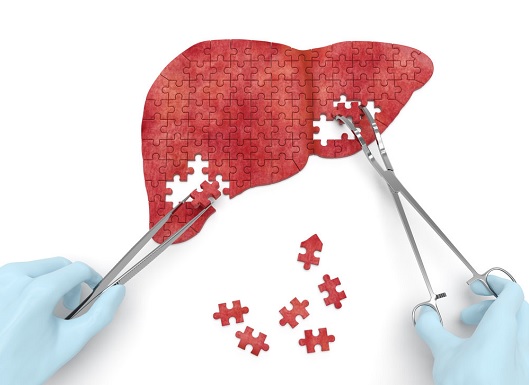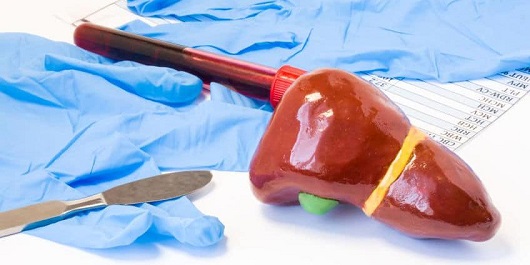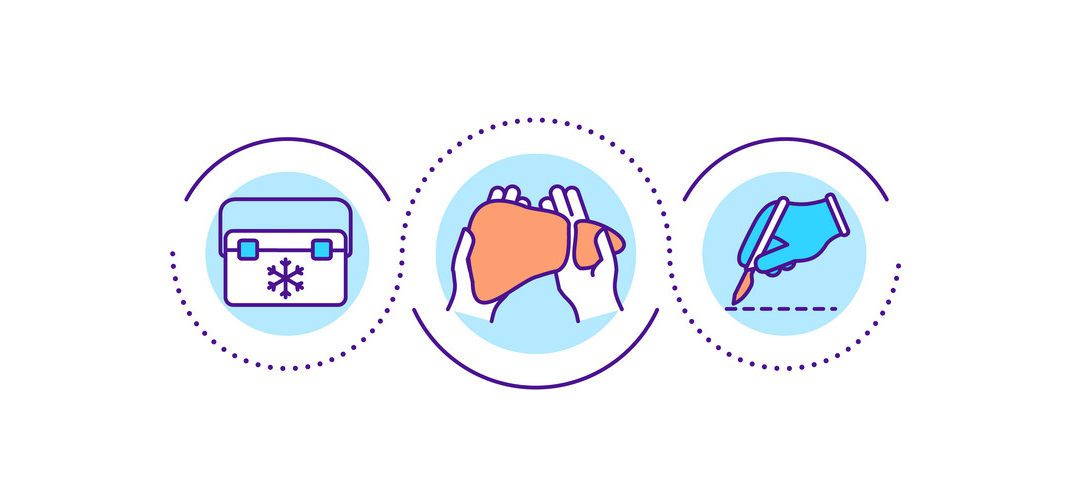A living donor liver transplant involves removing a piece of liver from a compatible living donor and transplanting it into a recipient.
WHO IS IT FOR?
People with liver damage caused by chronic viral hepatitis
People with non-alcoholic fatty liver disease or primary biliary cirrhosis
People who need to have their liver removed due to a tumour
SUCCESS
Without complications, between 85% and 90% of people who undergo a liver transplant live beyond a year.
The five-year survival rate after a liver transplant is around 75%.
RECOVERY TIME
Time in intensive care: 1 to 3 days
Time in hospital once stable: 7 to 14 days
Full recovery process: usually about 6 months, but it could be longer and regular check-ups will be needed for the rest of the patient’s life
POTENTIAL SIDE EFFECTS
Adverse reactions to anaesthesia
Bile duct complications
Blood clots
Rejection of the new liver
Confusion and fits
Infection
Serious bleeding
Reactions to anti-rejection medications including diabetes, headaches, diarrhoea, high blood pressure and high cholesterol

BEFORE TREATMENT
Your surgeon will let you know when you can eat and drink before your transplant, usually no food or drink for 12 hours before your surgery.
Follow the instructions given to you by your doctors. Take all the medications you’ve been prescribed as normal. Don’t take any other medicines without the permission of your surgeon.
Keep all the appointments with your surgical team.
Pursue a healthy lifestyle. Exercise as much as you can, and eat healthily.
DURING TREATMENT
Once a living donor has been assessed as suitable, you’ll be invited for a series of tests. Make sure you’re always available for these examinations.
The transplant is performed under a general anaesthetic, so prepare yourself mentally with the help of friends and family.
AFTER TREATMENT
Try to eat well and get lots of sleep during the initial recovery phase.
Take your medications on time.
Report any adverse reactions to your surgical team immediately.
Avoid alcohol and recreational drugs.
Eat a healthy, well-balanced diet. Your doctors may provide you with an eating plan.
Exercise moderately when you’re back on your feet.


